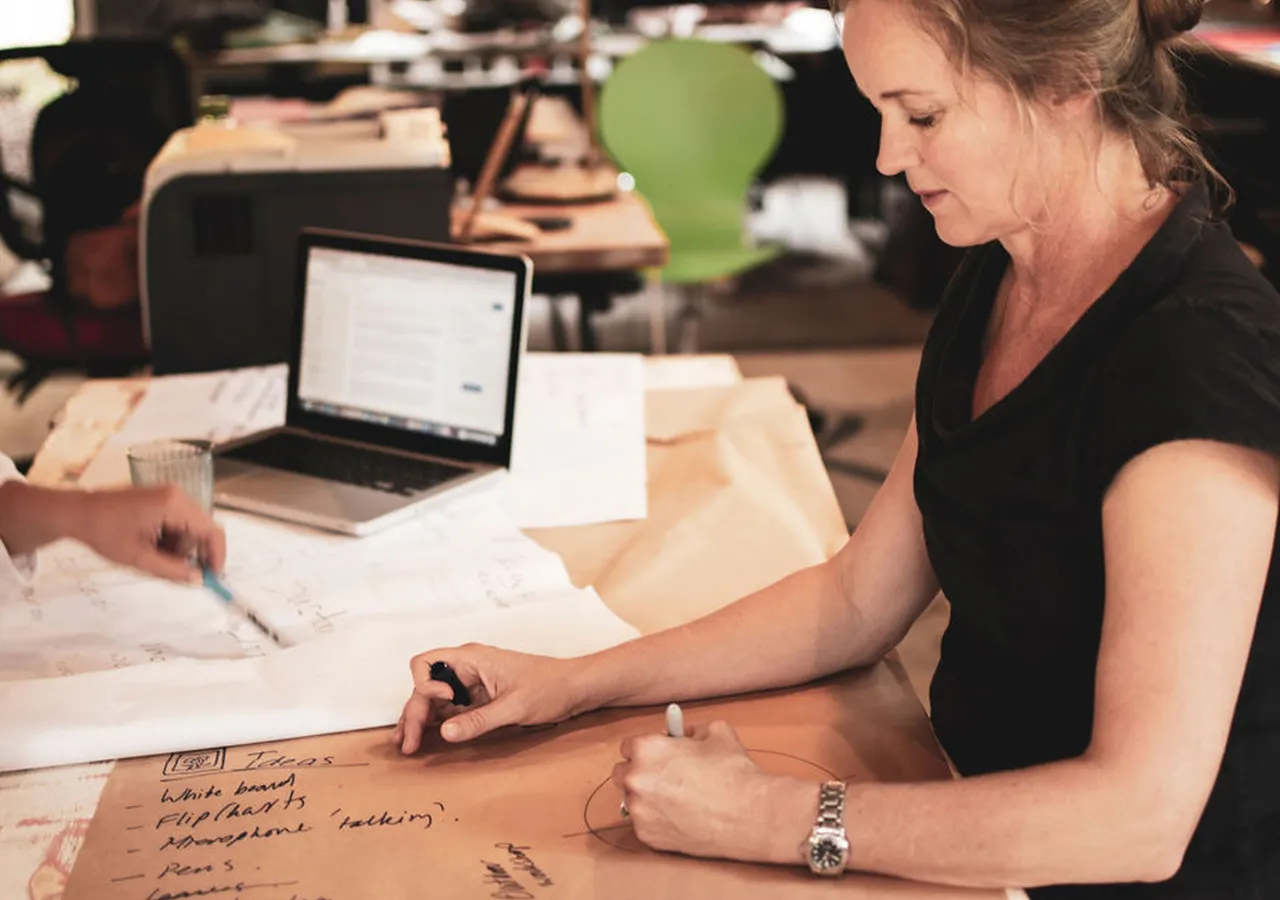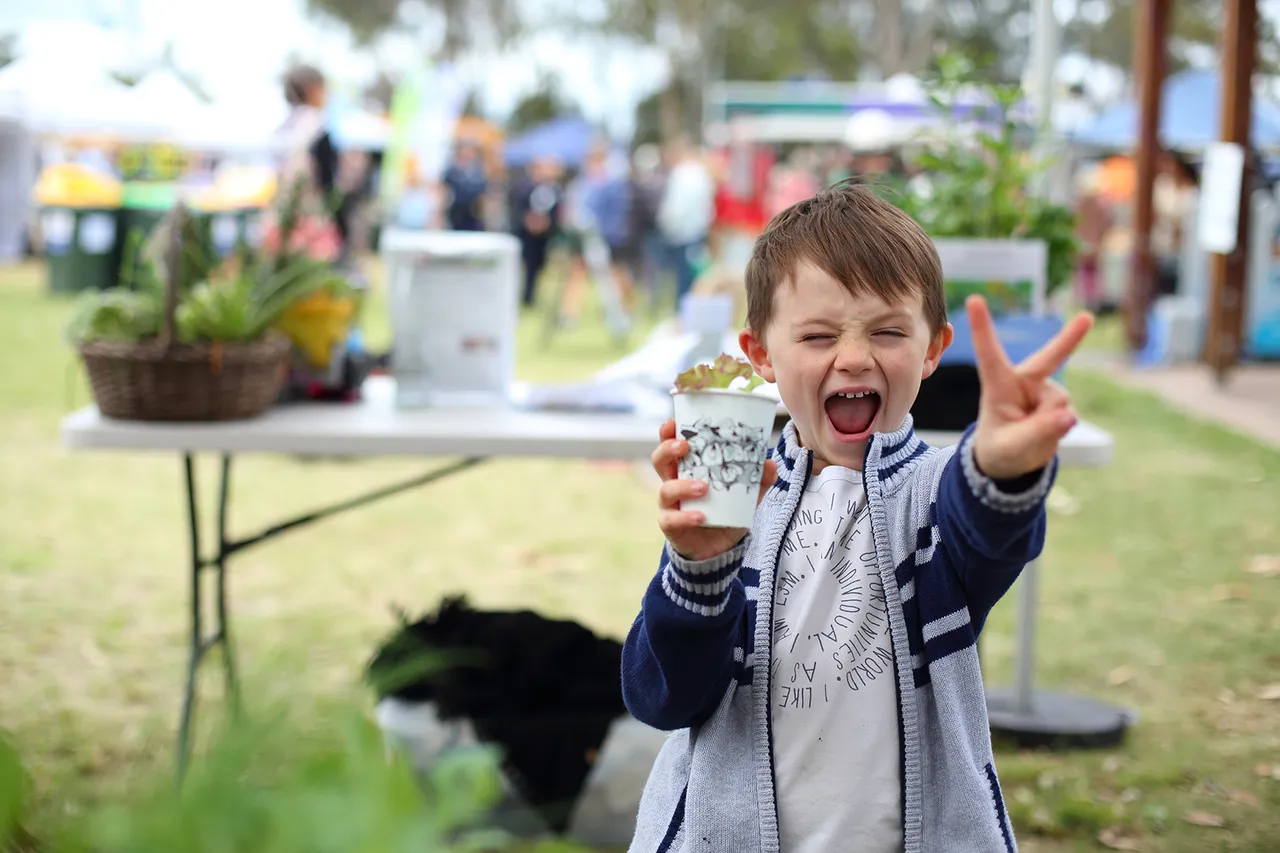Beautiful blooms: How to grow and use edible flowers

Colourful, nutritious and the ultimate vibrant addition to any plate, it’s no surprise that edible flowers have grown in popularity.
From adorning cakes to transforming a bowl of leafy greens, edible blooms are easy to grow and full of goodness.
You may be surprised by just how many types of flowers can safely make the transition from garden to table. From the flowers of herbs such as chamomile and chives to some well-known ornamentals like dianthus, rose petals, snapdragons and geraniums, many common flowers are suitable to eat if grown and prepared directly.
To celebrate the launch of our new Edible Flowers video which you can watch above, Living Smart caught up with video presenter The Micro Gardener Anne Gibson to get the lowdown on sowing, growing and serving these decorative delights.

LS: Why do you think edible flowers have become so popular?
AG: Flowers have been used for both culinary and medicinal purposes for thousands of years. It seems, for the most part, we lost our way just growing beautiful blooms for their ornamental value without realising their true worth!
Creative chefs started the surge in popularity in recent years by using edible blossoms and pretty petals in a wide variety of dishes for pops of colour and flavour as well as in cocktails. Not only have they utilised them as garnishes to delight customers but more chefs are crafting meals with edible flowers for their unique flavours, fragrance, textures, colours and nutrient value. Edible flowers make every dish more visually appealing.
LS: What are the best edible flowers to grow in our mild Sunshine Coast climate?
AG: There are so many to choose from but some of the easiest and most popular varieties are the flowers of all our edible herbs. These include:
- Basil
- Rosemary
- Mint
- Chives
- Coriander
- Borage
- Society garlic
- Spring onions
- German chamomile (check out the video for how to make a delicious fresh chamomile tea)
- Pineapple sage
- Parsley

Organically grown ornamental and edible flowers that grow well here include:
- Native violets (Viola banksii) and violas (Viola sp.)
- Pansies (Viola tricolor)
- Cosmos (Cosmos bipinnatus)
- Calendula (Calendula officinalis)
- Scented geraniums (Pelargonium species)
- Crucifix orchids (Epidendrum radicans)
You can stuff the large beautiful yellow male blooms from the squash family of vegetables like pumpkin, zucchini and cucumber with savoury fillings or cheese. Other flowering vegetables include radish, rocket, broccoli, tatsoi, mustard and kale.
LS: What is your favourite edible flower to grow at home and why?
AG: It's a toss-up between colourful annual nasturtiums (Tropaeolum majus) and perennial year-round flowering dianthus (Dianthus barbatus). Whilst these are both great choices, nasturtiums definitely win. I would never grow a garden without them.
The leaves, flowers, buds and seeds are all edible so they are great value. Nasturtiums have well-researched health benefits including a natural antibiotic compound called Tromalyt, so I find the plant very useful to ward off illness naturally. The beautiful blooms have such a sweet perfume that you can enjoy indoors in a vase or out in the garden and I use the blooms and seeds in the kitchen in salads and other recipes.

LS. While many flowers are edible, some are poisonous. What flowering plants are unsuitable for eating?
AG: A few common toxic flowers to be avoided include:
- Flowers from the Solanaceae (nightshade) family including tomatoes (Solanum lycopersicum), potatoes (Solanum tuberosum), capsicum (Capsicum annuum) and eggplant (Solanum melongena) are non-edible even though the vegetables are edible. The flowers are somewhat similar in shape so this makes identifying them easier.
- Daffodils and Jonquils (Narcissus). Take care not to mistake these for onions.
- Sweet Pea (Lathyrus odoratus). The flowers are pretty and sweet-smelling but toxic.
They look very similar to pea and bean blooms so avoid planting these together.
(Tip: Check out Australia’s most poisonous plants for some varieties that may be pretty but are highly toxic.)

LS. What is your advice consuming edible flowers safely?
AG: It’s important to ensure they are totally chemical-free with no sprays and ideally, grown from organic or untreated seed. Avoid eating flowers from florists, roadsides, nurseries, garden centres or parks.
Make sure you know exactly which variety of flower is safe and research the botanical name rather than common name. Many plants have toxic lookalikes so do your homework if you’re uncertain.
Avoid growing edible flowers next to toxic plants in your garden. There are lots of safe alternatives such as edible hollyhocks (Alcea rosea)instead of toxic foxgloves (Digitalis).
Most flowers have pollen to help them reproduce. Pollen can cause an allergic reaction in some people who are sensitive to it. If you suffer from asthma or hay fever, avoid eating pollen-rich flowers like sunflowers, chamomile, calendula or pot marigolds, zinnias, male zucchini and pumpkin flowers. Or remove the stamens in the centre which contain the pollen.
It's also important to start out eating a small quantity first, one species at a time.
(Tip: Avoid using non-edible flowers as a garnish in case they are accidentally eaten.)
Anne’s top 5 tips for growing edible flowers
- Choose a sunny spot or a location that gets at least a few hours of sun a day. If you have a lot of shade, try growing Begonias (Sp. Begonia), Violets (Sp. Viola) and Violas (Sp. Viola).
- Check seed packets and sow annual flowers in the correct season. Some flowers do best in warm weather and other short-lived annuals are best sown during autumn or winter. This reduces plant stress and you're more likely to grow healthy blooms.
- Prepare your soil well with organic matter like compost and minerals to support strong growth and flower development.
- Mulch well and liquid feed fortnightly with seaweed to provide valuable trace elements.
- Pinch off initial flower buds until your plant is big enough to support flowering.
Handy resources
- Check out the video above for more fabulous ideas for using edibles including how to turn a boring salad into something spectacular, making edible bouquets, floral ice cubes and more.
- Anne’s YouTube playlist with videos on edible flowers and their uses.
- 20 reasons to grow nasturtiums
- Books, eBooks and eMagazines, Podcasts and eMovies on edible flowers, herbs and kitchen gardens from Sunshine Coast Libraries
- The complete guide to edible flowers - New York flower business dishing all the dirt on how to cook with flowers with a comprehensive guide to edible and flowers.
- Deliciously deep dive into edible flowers from The Chef’s Garden
Images: Anne Gibson.
Know someone who is doing interesting things in the sustainability space on the Sunshine Coast? We would love to hear from you! Send us an email with their details and we will be in touch.







